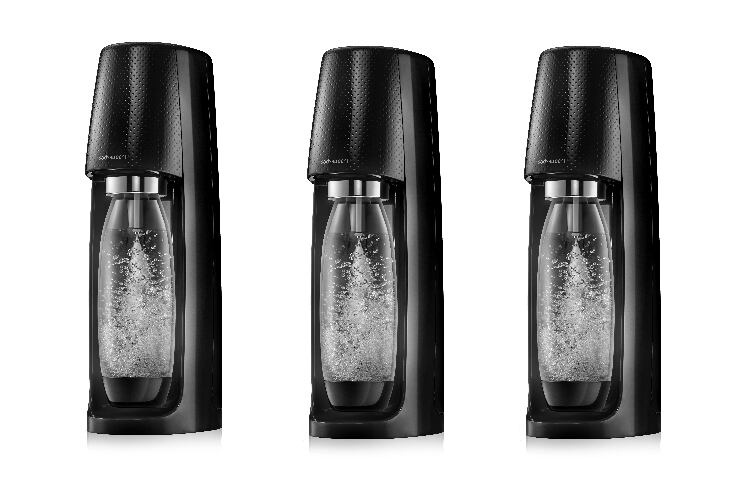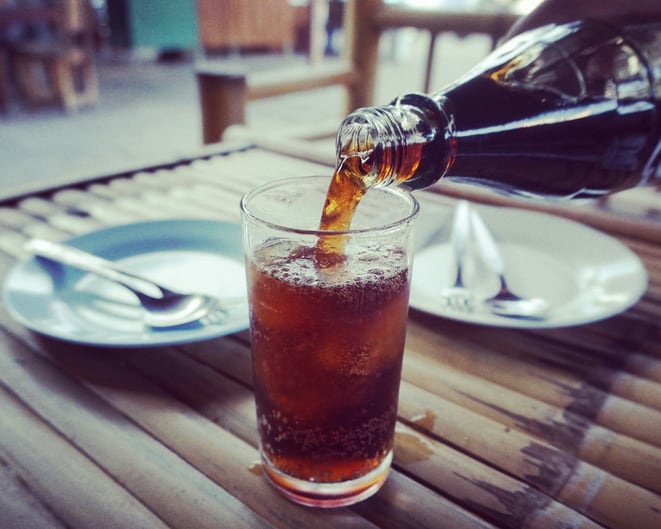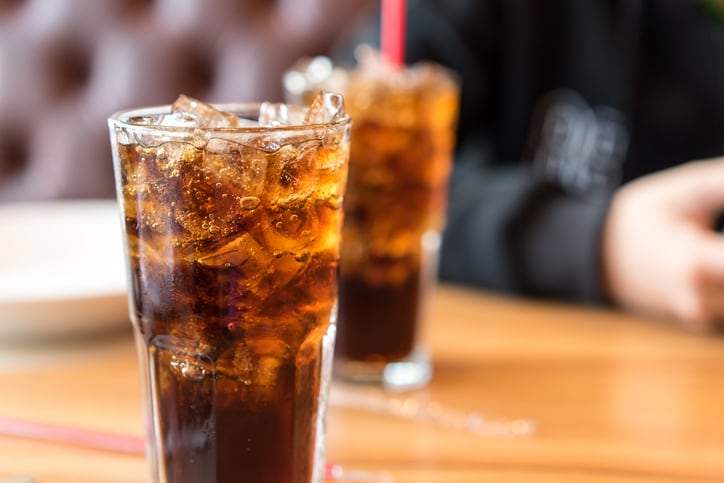After it was announced in August that PepsiCo would acquire Israeli-born SodaStream International for $3.2bn, it has continued to experience ‘significant growth’ in every market. In the US it has seen more than 30% year-over-year growth, challenging the competitive soft drink industry with an alternative to disposable bottles and cans.
By carbonating water and drinking it from reusable containers, SodaStream owners can cut back on thousands of single use soft drink bottles and cans that most often end up in landfills or oceans.
Stepping in the right direction
Jecka Glasman, general manager of SodaStream USA, told BeverageDaily “Recycling is not the solution because we know that a very high percentage of plastic waste is not being recycled. 150 million tons of plastic are floating in the ocean, with 8 million tons added annually.”
She advised that all beverage manufacturers who are not yet considering more sustainable packaging will soon be faced with the pressure to evolve. As the effects of climate change worsen, “regulation will kick in and we will have no choice, because otherwise we will not be able to survive.”
“I believe that all the beverage players in the space will very soon understand that this is the direction and they have to … move to glass and other materials, away from this harmful single use plastic,” Glasman said.
SodaStream’s goal to tackle the plastic crisis also extends to its own packaging, and is pledging to rid itself of plastic by the end of 2019. It currently sells several of its flavoring products in plastic bottles and plans to transition them all to glass.
Its strong stance against plastic was a stand out detail of the deal with PepsiCo, a global corporation whose products (often packaged in plastic) are used by consumers more than one billion times a day. Glasman believes SodaStream joining the PepsiCo portfolio is a good step in its environmental future.
“By making this acquisition, I think Pepsi is making a very strong statement about the direction, importance and value they see in our strategy and solution toward reduction of the plastic footprint,” she said.
Adapting out-of-home
The key to SodaStream’s appeal is its transformation of at-home beverages. Rather than spending hundreds of dollars on soda cans and bottles every year, SodaStream estimates that the average family can save 50% on drink purchases in the first year and spend just one-tenth of what they used to beyond that.
And though the company has found success, Glasman admits that it can be a challenge to sell a product that requires consumers to invest in an expensive machine and change their mindset on beverage-buying. But she believes that the more people become aware of the plastic crisis, the more accepting to change they will become.
“People will gradually become more conscious and reduce the usage. I think the younger generations get it faster; it’s easier for them. We see a huge engagement from teenagers and millennials,” Glasman said.
The water carbonation system is billed as economical, convenient and customizable for drinks enjoyed at home. SodaStream’s impact on plastic waste here may be substantial, but having an impact on the out-of-home market is harder.
Glasman said the company is considering ways to adapt the SodaStream system for the mass market in public spaces, but has no immediate plans at this stage.
“We’re looking at out of home, it’s part of the road map … It’s a huge sector that we’re definitely interested in developing.”



